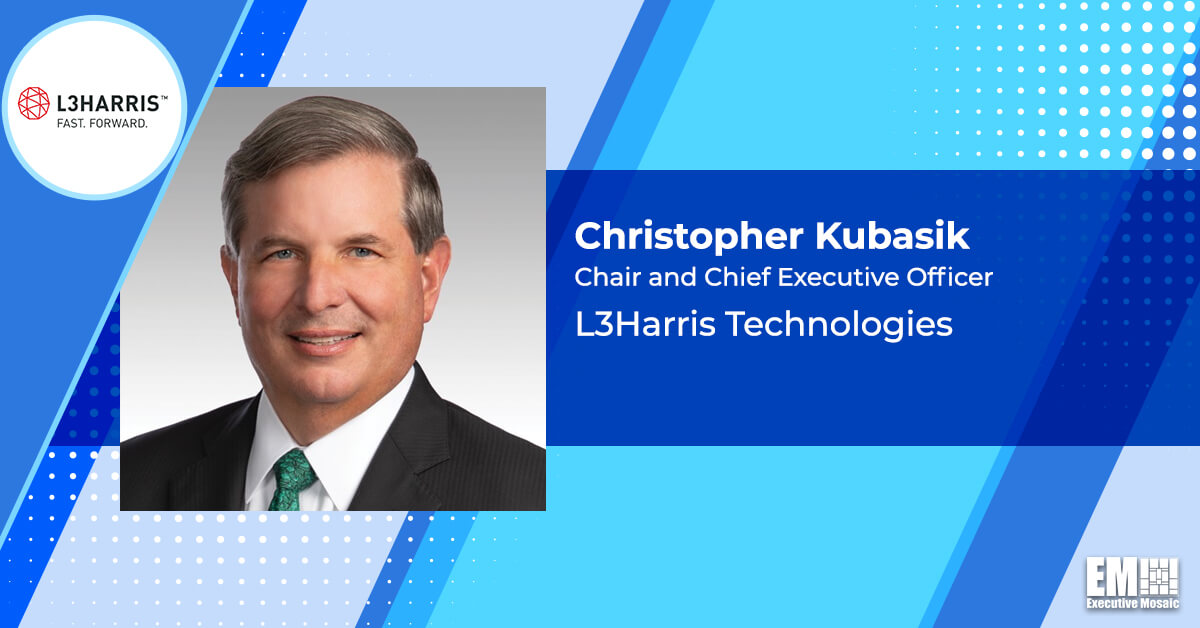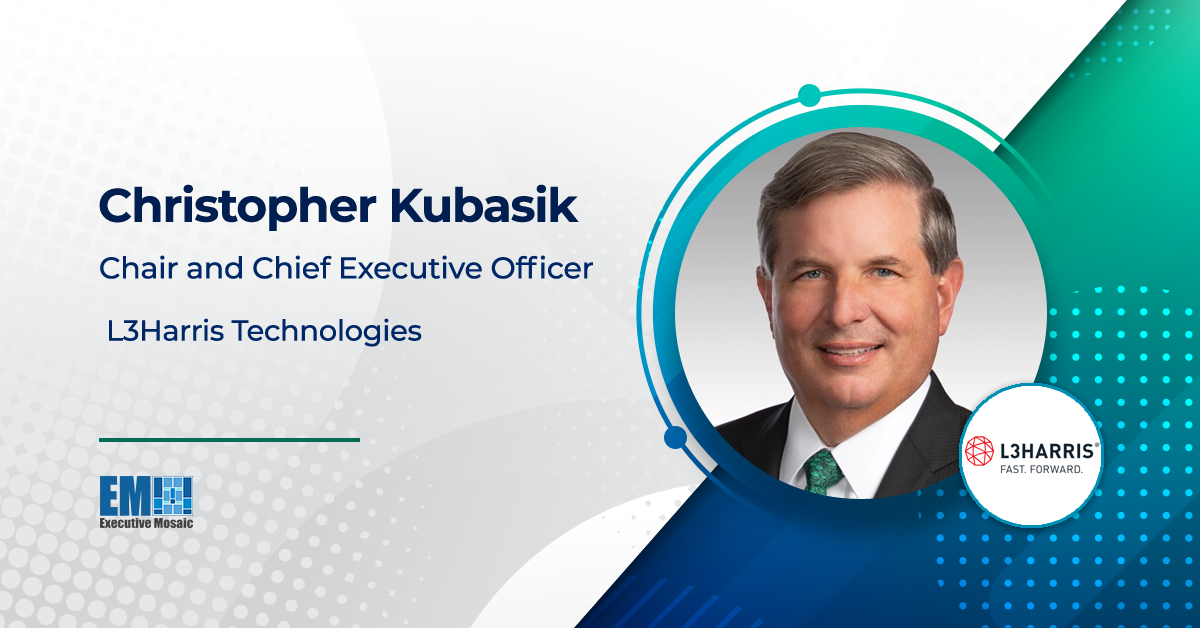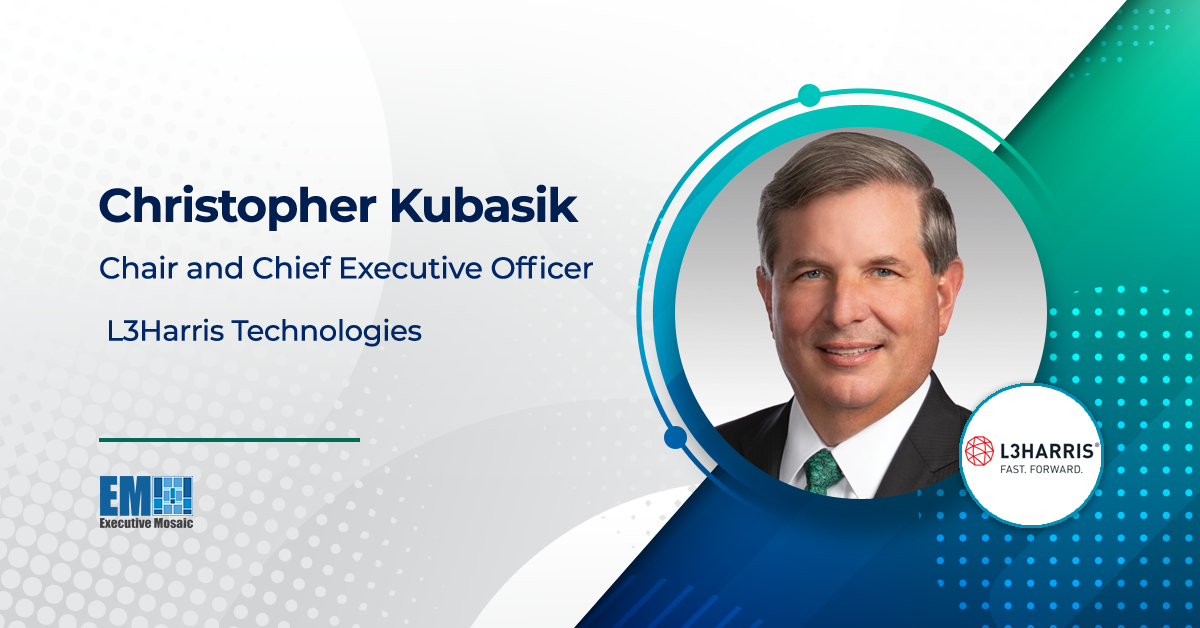L3Harris Technologies (NYSE: LHX) recorded $4.6 billion in revenue for the fourth quarter of 2022, up 5 percent from the prior-year period and 6 percent on an organic basis, and attributed the growth to the company’s communications systems and space and airborne systems segments.
The Melbourne, Florida-based defense contractor said Thursday its full year revenue reached $17.1 billion, while its 2022 earnings per share was $5.49.
The company’s Q4 cash flow from operating activities was $782 million and 2022 operating cash flow hit $2.2 billion.
In 2022, L3Harris returned $1.9 billion to shareholders through dividends and share repurchases.
The contractor said it anticipates $17.4 billion to $17.8 billion in 2023 revenue and segment operating income of $2.7 billion to $2.8 billion.
Christopher Kubasik, chair and CEO of L3Harris, said in a statement published Thursday the company will focus on its “Performance First” initiative in 2023 and plans to implement the effort by focusing on program execution, strengthening its risk management culture, attracting and retaining its skilled workforce, integrating Viasat’s tactical data link portfolio and completing its acquisition of Aerojet Rocketdyne (NYSE: AJRD).
In early January, L3Harris closed its acquisition of Link 16 TDL product line from Viasat weeks after striking a $4.7 billion cash deal to buy Aerojet Rocketdyne.
At the company’s earnings call Friday, Kubasik, a three-time Wash100 awardee, told analysts that the TDL acquisition positions the company to play a key role in networking and resiliency for global defense clients while filling in a needed capability as it develops its Joint All-Domain Command and Control offerings.
The chief executive also cited the opportunities the Sacramento, California-based rocket maker brings to L3Harris.
“Regarding Aerojet Rocketdyne, it’s a national asset critical to future warfare that has a leadership position in propulsion, adding exposure to new growth markets for us with munitions, space exploration and hypersonics. It brings nearly $7 billion of backlog and tailwinds driven by global demand,” he added.






